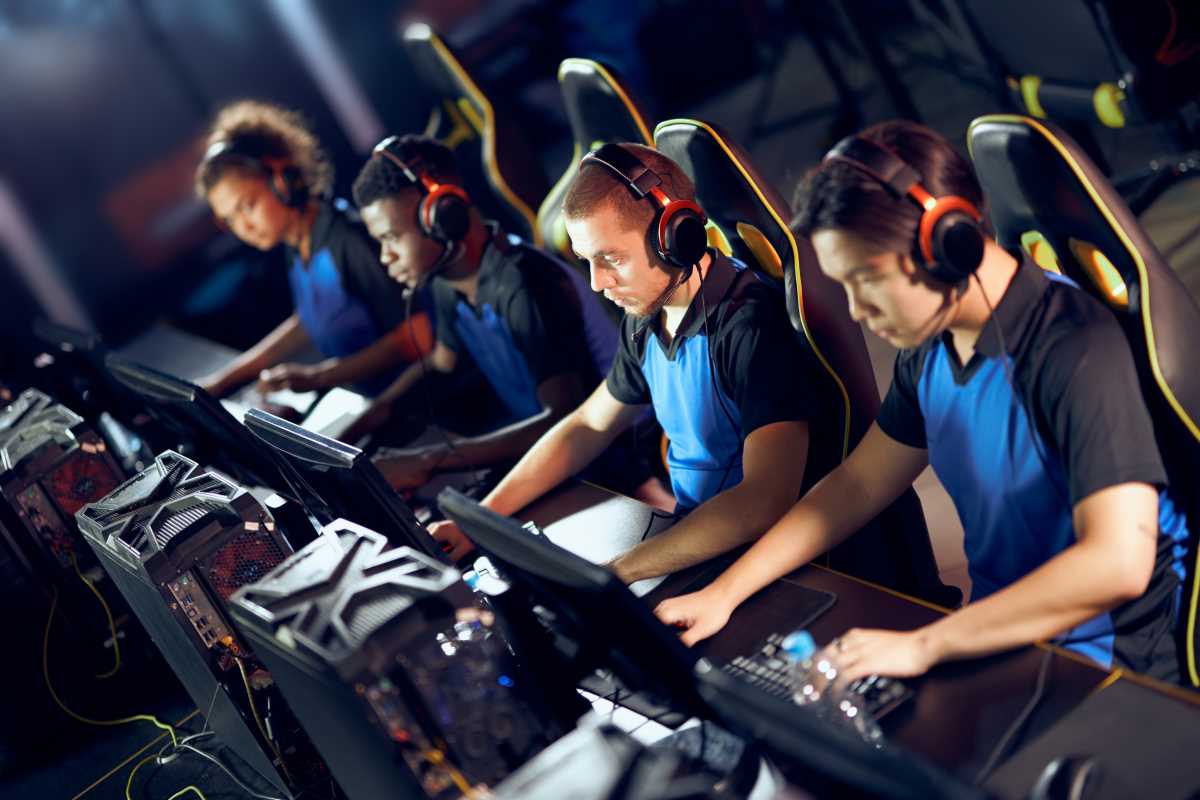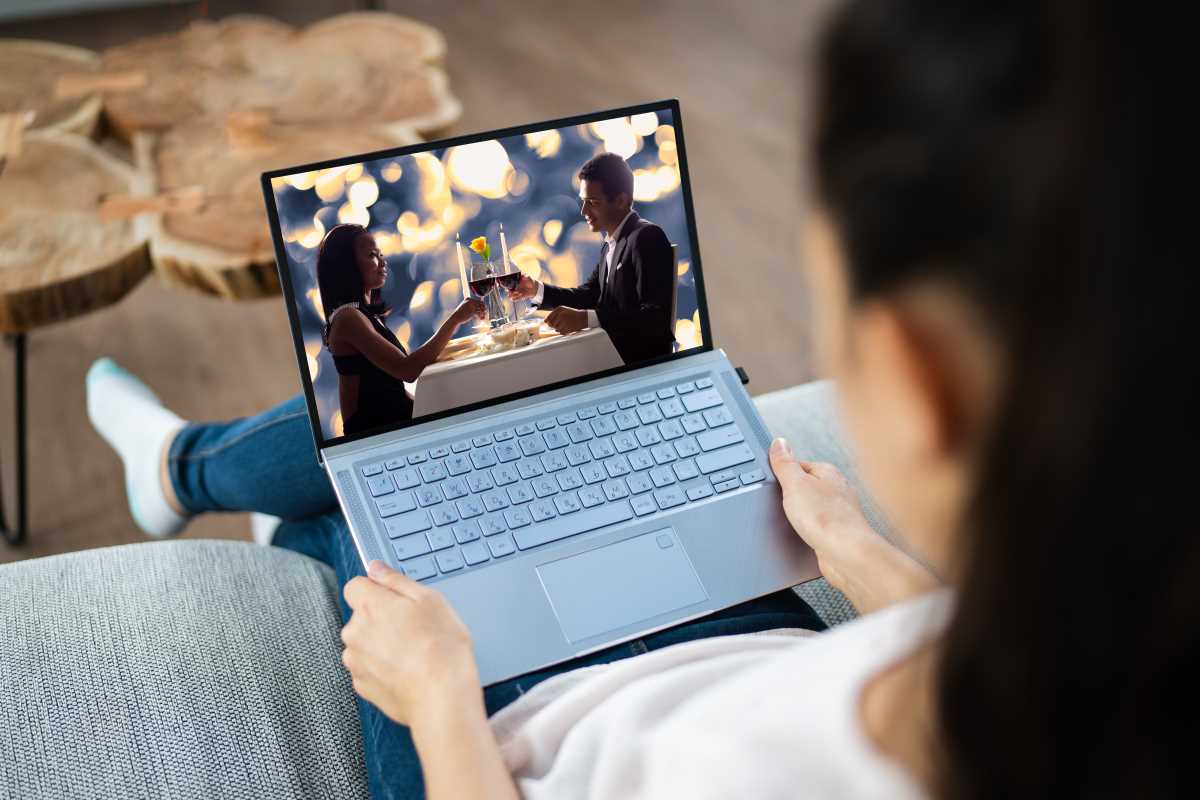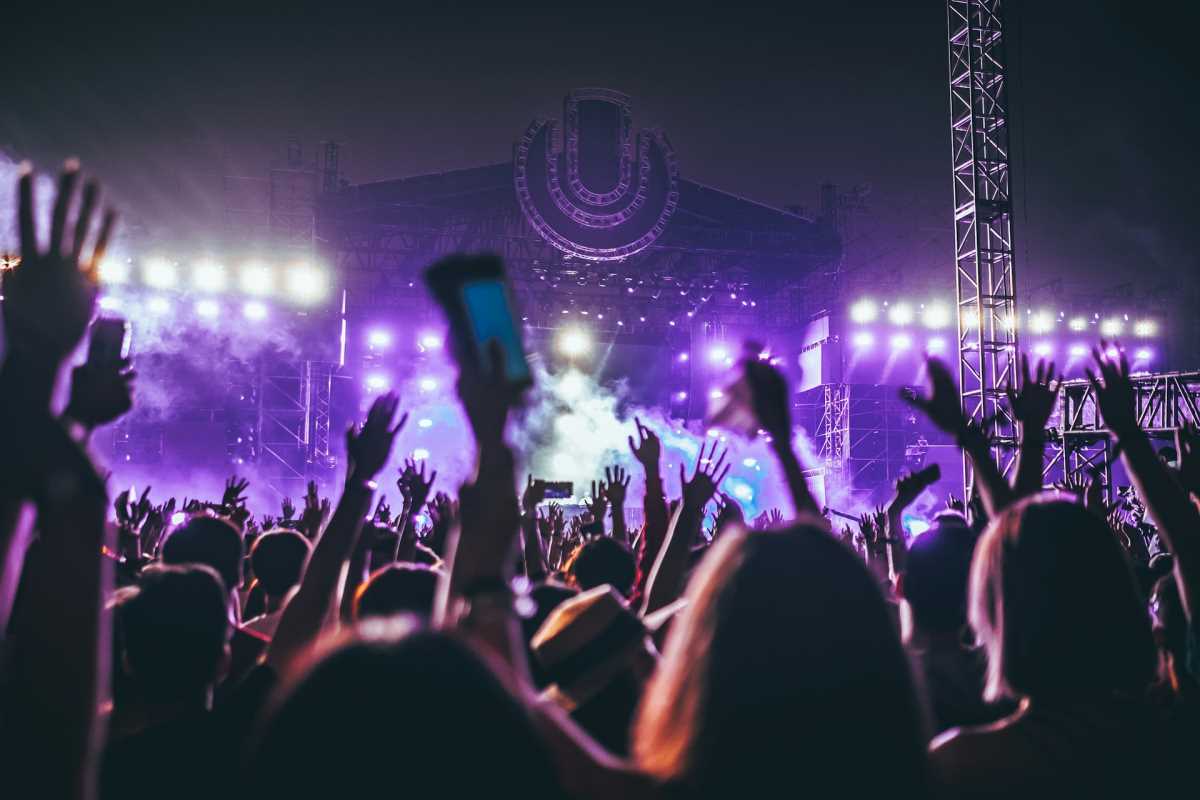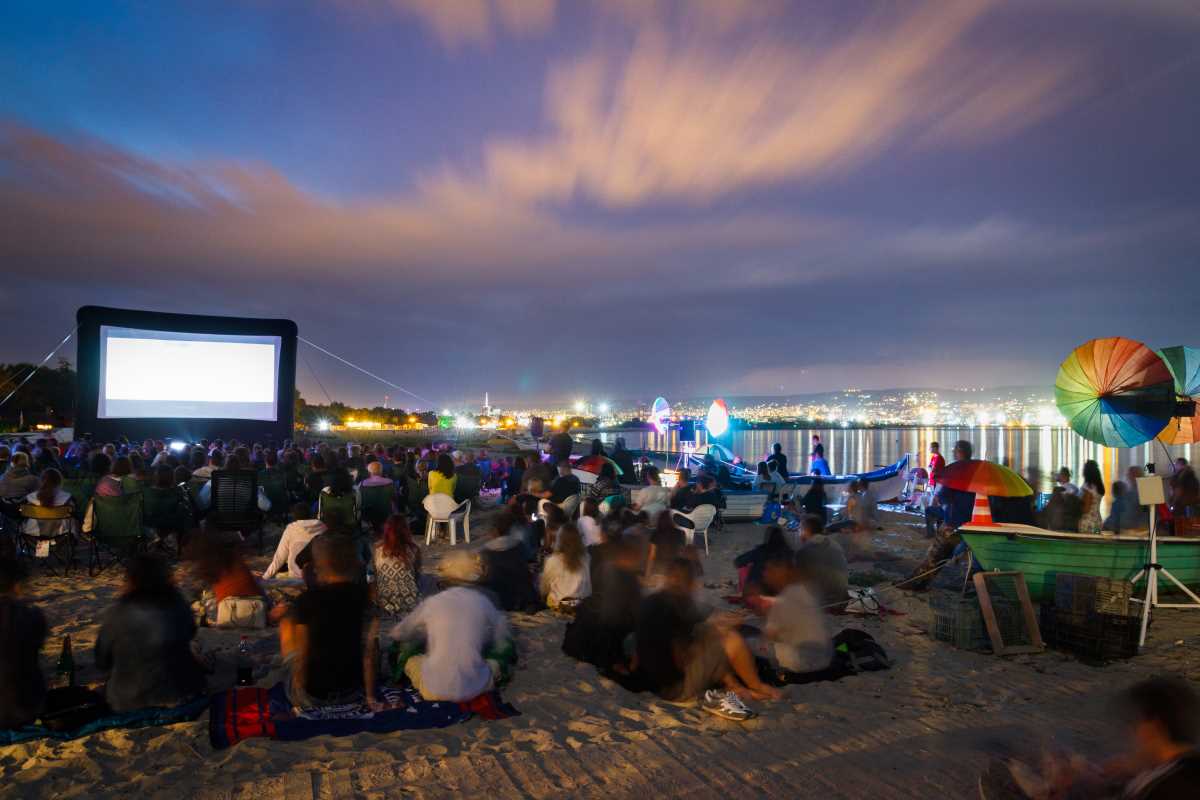The psychedelic aesthetic, characterized by vibrant colors, trippy visuals, and mind-bending soundscapes, originated in the 1960s, deeply influencing both music and visual culture. It was an era where experimentation in art, music, and consciousness was at its peak, with artists like Jimi Hendrix, The Grateful Dead, and Pink Floyd pushing the boundaries of sound and visuals in live performances. The psychedelic aesthetic became synonymous with the counterculture movement, resonating with the ethos of freedom, rebellion, and expanded consciousness. Today, the psychedelic aesthetic continues to make a profound impact on modern concerts, transcending its 60s origins and influencing contemporary musicians, visual artists, and technologists alike.
Psychedelic Soundscapes in Modern Music
At its core, the psychedelic aesthetic in music revolves around sound manipulation and experimental techniques. The influence of psychedelic music from the 60s, such as the use of reverb, delay, and distortion, remains prevalent in many genres today, especially in indie rock, electronic, and experimental music. Artists like Tame Impala, MGMT, and King Gizzard & the Lizard Wizard incorporate these sonic elements into their music, evoking the same sense of otherworldliness and mind-altering experiences that defined the genre’s early days.
Tame Impala, for example, uses swirling synths, layered vocals, and distorted guitars to create a deeply immersive auditory experience that mirrors the classic psychedelic sound of the past. Their live shows are a testament to the continued relevance of psychedelic aesthetics, with frontman Kevin Parker’s immersive production techniques and lush soundscapes evoking a trance-like atmosphere. The music becomes not just a sonic journey but an emotional one, inviting audiences to lose themselves in the music’s ebb and flow, much like the experiences of listeners during the 60s.
In modern concerts, the psychedelic aesthetic also manifests in the evolving use of technology to manipulate sound live on stage. The incorporation of loop stations, electronic drum kits, and advanced software allows musicians to experiment with real-time sound manipulation, creating an ever-changing auditory environment. These innovations allow artists to build on the foundation laid by early psychedelic musicians, pushing the envelope on what a live performance can sound like and how sound can be shaped to enhance the concert experience.
Visuals and Light Shows: An Integral Part of the Experience
In addition to music, visuals are equally important in creating a psychedelic atmosphere at modern concerts. The classic psychedelic light shows of the 60s, which used colorful projections, liquid light displays, and kaleidoscopic imagery, have evolved with advancements in technology. Today, digital projections, 3D visuals, and synchronized lighting setups contribute to creating a more immersive experience for audiences.
Bands like The Flaming Lips have made their visual aesthetics as much a part of their live performance as their music. Known for their elaborate stage setups, which often include giant inflatable creatures, confetti cannons, and vibrant projections, The Flaming Lips turn their concerts into sensory spectacles. Their use of psychedelic imagery—fractals, colorful geometries, and animated visuals—melds seamlessly with their experimental rock sound, enhancing the emotional intensity of the live show.
The rise of LED screens and projection mapping has allowed modern artists to go beyond traditional light shows. With the help of advanced graphics software, visual artists can create interactive, dynamic environments that evolve in sync with the music. Artists like Flying Lotus and Bonobo take this concept to new heights with projections that respond in real-time to the music’s rhythms and textures. These highly engaging visuals contribute to a sense of unity between the music and the audience, making the concert feel like a shared trip into a collective, psychedelic experience.
Live Performance as a Psychedelic Journey
The live performance itself has become a critical aspect of the psychedelic concert experience. Much like the extended jams of The Grateful Dead or the fluid, improvisational style of Pink Floyd in their heyday, modern artists embrace live improvisation and long-form performance, creating an evolving, unpredictable experience for the audience. The idea is that the journey is as important as the destination, and each concert is unique, shaped by the chemistry between the performers and the audience.
Artists like Animal Collective and Amon Tobin exemplify the modern psychedelic concert experience through their spontaneous and improvisational performances. Amon Tobin’s live shows, for instance, incorporate sophisticated visual displays that respond to the music’s shifts, providing an experience that is not only auditory but also deeply visual. This concept of the live performance as a psychedelic journey allows the audience to feel like they are part of a shared moment of discovery, where the performance evolves in real time and the lines between performer and listener begin to blur.
The unpredictability and immersion of modern psychedelic performances also reflect the shifting relationship between artists and technology. With the increasing use of laptops, electronic instruments, and digital effects, artists now have the ability to alter and reshape their performance in real time. This dynamic, interactive environment mirrors the exploratory, free-form nature of early psychedelic music and reintroduces the concept of “the trip” into modern concerts.
The Revival of Psychedelic Culture and Aesthetic in Festival Culture
Modern festivals like Coachella, Burning Man, and Electric Forest have embraced the psychedelic aesthetic, incorporating elements of the counterculture movement into their event design. These festivals serve as spaces where the psychedelic aesthetic is celebrated and reinterpreted for a new generation. The use of immersive art installations, light shows, and psychedelic visual art at these festivals speaks to the continued influence of the 60s counterculture in the modern era.
Electric Forest, for example, is a festival that combines music with an overwhelming visual experience, incorporating intricate light installations, projection mapping, and large-scale sculptures that transform the festival grounds into a psychedelic wonderland. The idea is to create a space where the boundaries between reality and imagination blur, encouraging attendees to lose themselves in the festival's sensory overload. This immersive experience is a modern take on the concept of “mind expansion” that defined the original psychedelic movement.
Many modern festival performances also emphasize the communal aspect of the psychedelic aesthetic. At festivals like Burning Man, audience members are encouraged to participate in the creation of the performance environment, becoming part of the experience rather than just passive observers. This participatory approach is rooted in the ethos of 60s counterculture, where collective experience and shared consciousness were central to the psychedelic journey.
Psychedelic Fashion and Attire at Concerts
The visual aesthetic of psychedelic culture has permeated modern concertgoers’ fashion choices as well. The psychedelic styles of the 60s, characterized by tie-dye, flowing garments, and bold patterns, are now embraced by fans attending concerts and festivals. Today, fashion is a direct reflection of the immersive, visual nature of modern psychedelic music experiences. Concertgoers often wear vibrant, multi-colored clothing, adding to the sensory overload that is designed to accompany the music and visuals.
Artists themselves are also embracing psychedelic fashion on stage, with bands like The Flaming Lips and Tame Impala incorporating visually striking outfits and stage designs that reflect the colorful, mind-bending imagery associated with psychedelia. This aesthetic is not just about the music; it’s about creating a holistic, immersive experience where fashion, art, music, and performance blend seamlessly.
Technology’s Role in Shaping the Psychedelic Experience
Advancements in virtual reality (VR), augmented reality (AR), and other immersive technologies further expand the boundaries of the psychedelic aesthetic in concerts. These technologies offer the potential to create fully immersive environments where the audience can interact with the visuals in real-time. VR concerts, for example, allow viewers to experience a show from the perspective of being inside the performance, interacting with the environment and experiencing the music in a more intimate and personal way.
The fusion of VR and live concerts represents a new frontier for the psychedelic aesthetic, where the experience is not just seen or heard but felt on a deeper, more interactive level. By blending cutting-edge technology with the psychedelic ethos, modern artists are redefining what a live performance can be, turning concerts into immersive, multidimensional experiences that engage all the senses.
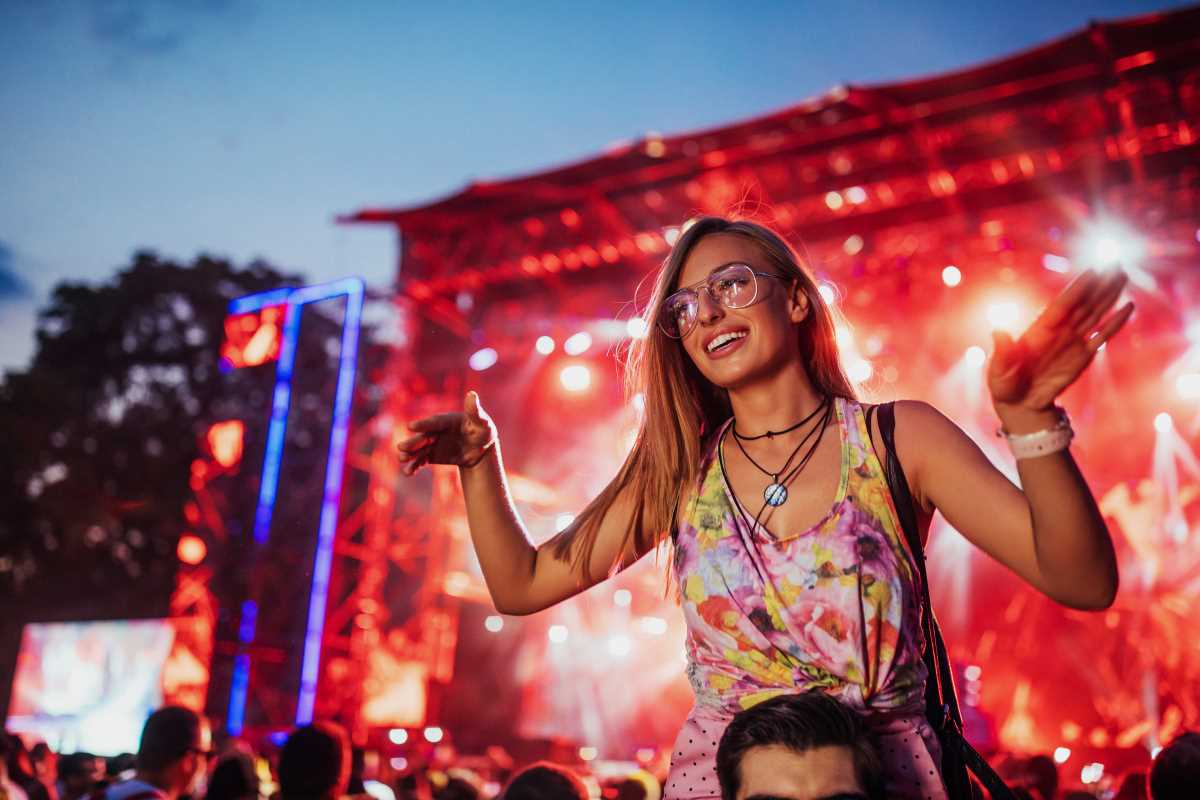
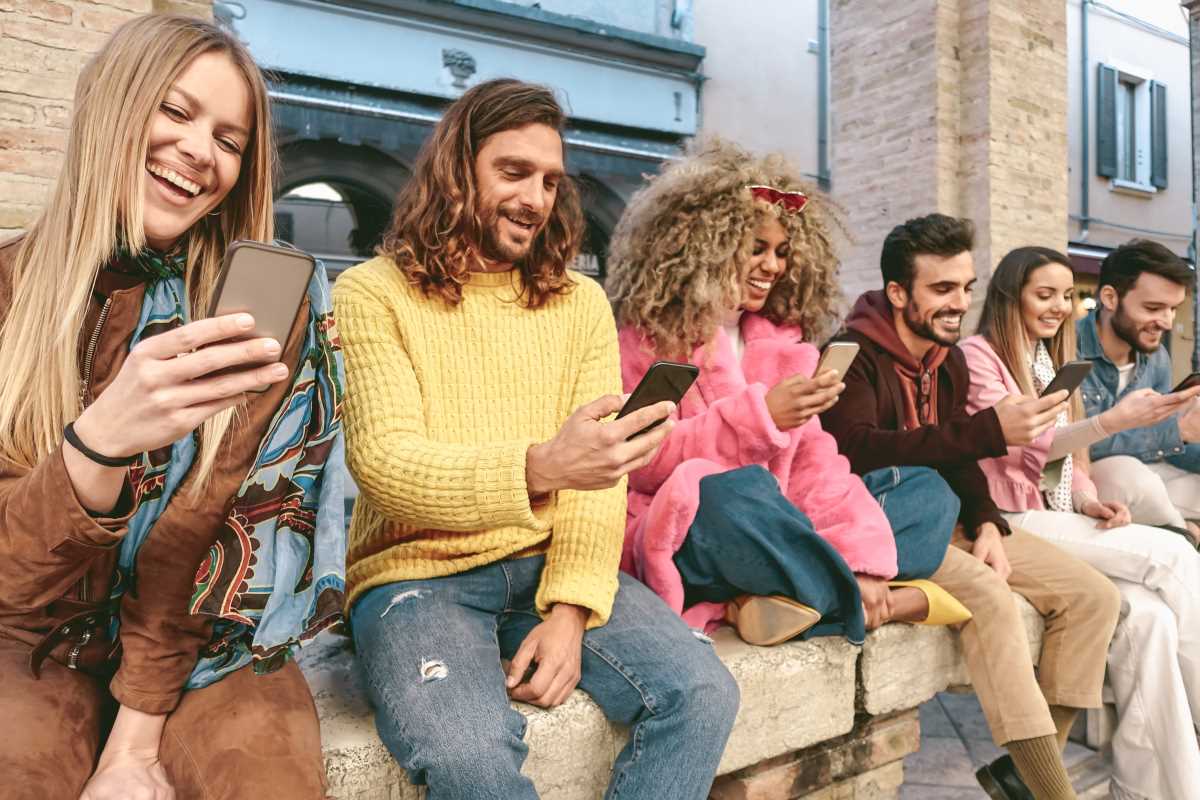
.jpeg)
